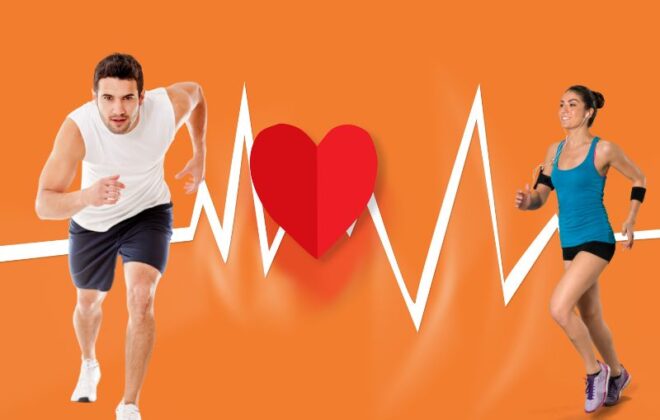Total haemoglobin volume in the blood - factors affecting performance
In sport, fitness plays a key role in peak performance. There are many factors that affect performance, one of which is total blood haemoglobin volume. Haemoglobin, contained in red blood cells, has the extremely important function of transporting oxygen to muscles during exercise. Let's explore how an increase in total haemoglobin can affect athletes' performance.
Oxygen transport and the role of haemoglobin
Haemoglobin is the main carrier of oxygen in the blood. With the increased volume of haemoglobin, the body has the ability to carry more oxygen to the muscles during exercise. This, in turn, leads to better oxygenation of the tissues, increased performance and a delay in the point at which the body reaches a state of fatigue.
Impact of training at altitude
Athletes often use training at altitude to increase their total haemoglobin volume. In altitude conditions, where oxygen levels are lower, the body tries to compensate for this lack by producing more red blood cells and increasing haemoglobin volume. Upon returning to lower altitudes, the athlete now has a greater capacity to transport oxygen, which benefits performance and improves athletic performance.
Iron supplementation
Another way to increase total haemoglobin is through iron supplementation. Iron is essential for haemoglobin production, so it is important for athletes to have adequate iron concentrations in their blood. Iron supplementation can help increase haemoglobin production and improve oxygen transport, resulting in increased performance and better athletic performance.
Total haemoglobin volume - Summary
Total haemoglobin volume plays an important role in the body's performance during exercise. Increased haemoglobin volume increases the body's ability to transport oxygen to the muscles, leading to better performance and athletic performance. Altitude training and iron supplementation are strategies used by professional and semi-professional athletes to increase total haemoglobin volume. Remember that any training and supplementation decision should be consulted with an appropriate professional to match the individual athlete's needs and goals.
Q-LAC thanks to one of its new functionalities, it offers the possibility to analyse this parameter in real time. We can easily assess at what point our body reaches a point where it is no longer able to compensate for exertion with an increased supply of oxygenated blood to the muscles. This results in a decrease in the oxygenation level (tissue saturation), which is directly linked to, among other things, an increase in lactate and the inability to continue exercising in the near future.
The ability to analyse this parameter cyclically makes it possible to assess the effectiveness of training, the body's adaptation to higher loads and whether our cardiovascular system is working more efficiently and we have a greater capacity to increase total haemoglobin (THb).




